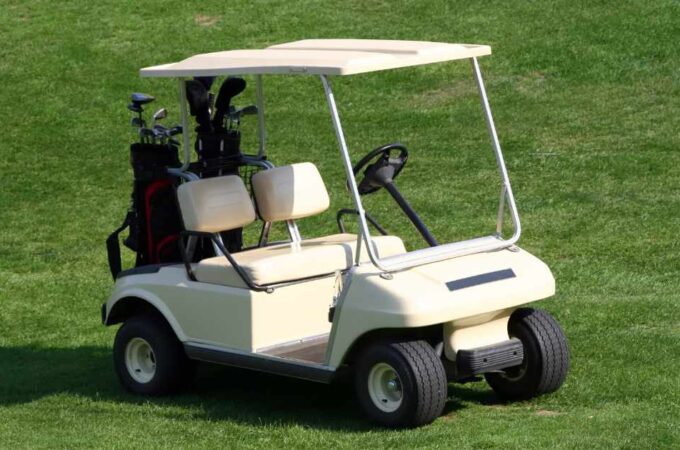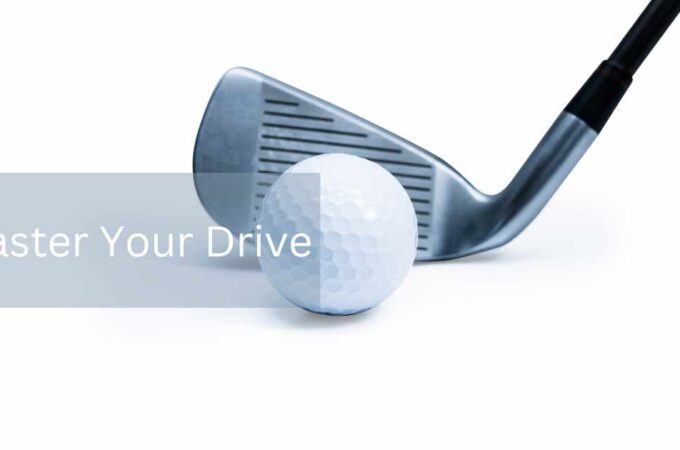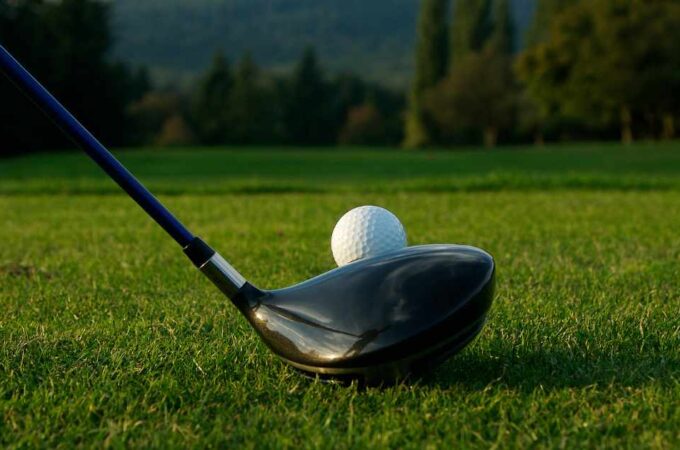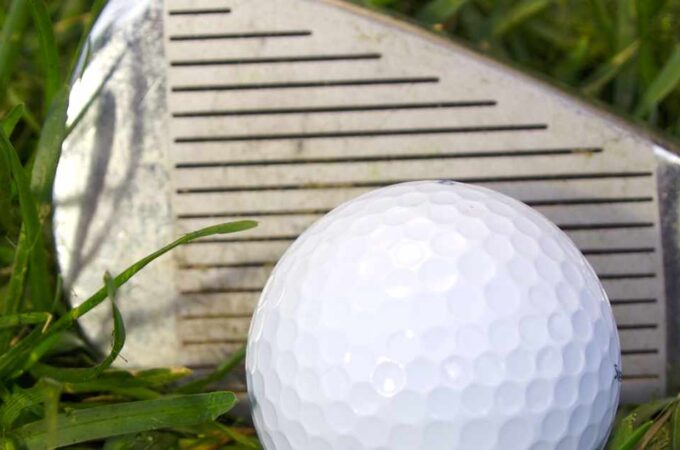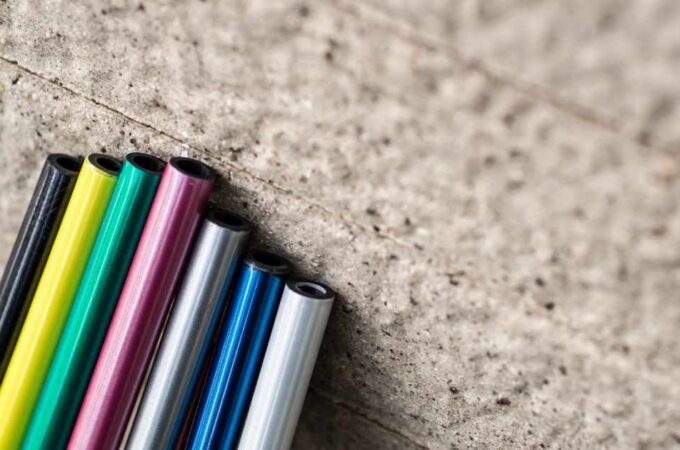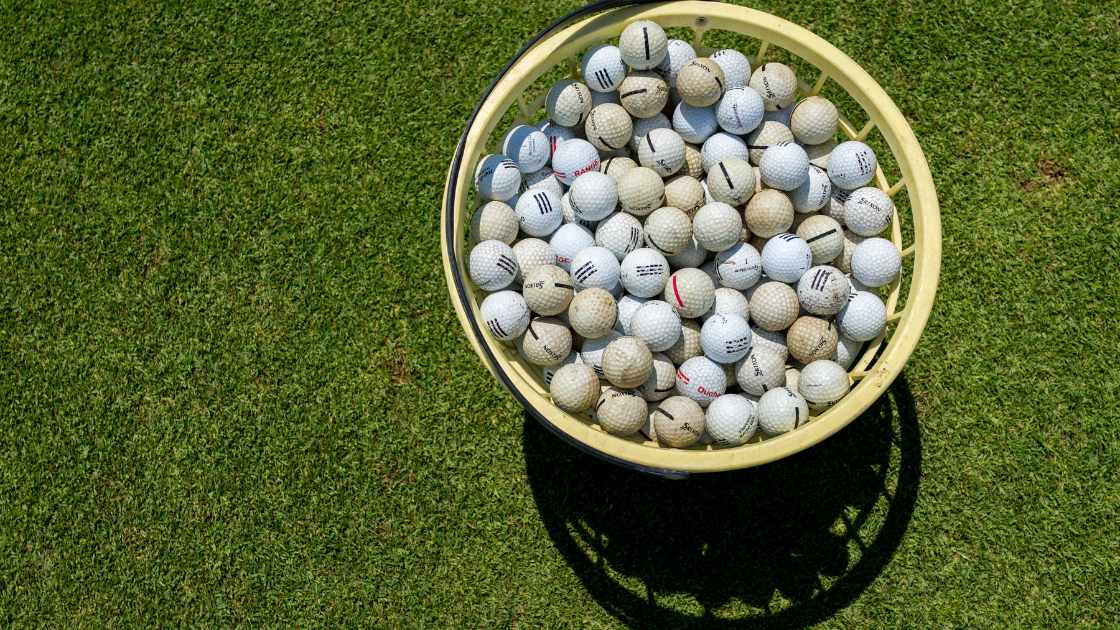
Deciphering the Count: How Many Dimples Adorn a Golf Ball?
Golf, often dubbed as a game of precision and finesse, involves numerous factors contributing to the flight and performance of the golf ball. Among these, the dimples on a golf ball play a crucial role, influencing its aerodynamics and trajectory. But just how many dimples adorn the surface of a typical golf ball? Let’s delve into this intriguing aspect of the sport.
Table of Contents
ToggleUnraveling the Mystery: How Many Dimples on a Golf Ball?
The Importance of Dimples
Dimples on a golf ball may seem like a minor detail, but they significantly impact the ball’s flight characteristics. When a golf ball is struck, it experiences aerodynamic forces, including lift, drag, and spin. Dimples alter the airflow around the ball, creating a thin layer of turbulent air known as the boundary layer. This reduces drag and allows the ball to travel farther and more accurately than a smooth ball would.
The Dimple Dilemma: How Many Are There?
The number of dimples on a golf ball can vary depending on the manufacturer, model, and design specifications. However, the typical number of dimples ranges between 300 and 500. This may seem like a wide range, but each dimple serves a purpose in optimizing the ball’s aerodynamic performance.
Factors Influencing Dimple Design
Size and Depth: Dimples can vary in size and depth, with smaller and shallower dimples typically used for slower swing speeds, while larger and deeper dimples are more suitable for higher swing speeds.
Pattern and Arrangement: Dimple patterns and arrangements can vary, with designs ranging from simple geometric patterns to complex arrangements aimed at reducing drag and optimizing lift.
Material and Construction
The material and construction of the golf ball also influence dimple design, with manufacturers continuously experimenting to find the optimal combination for maximum performance.
The Quest for Perfection
Golf ball manufacturers invest significant time and resources in research and development to fine-tune dimple designs and optimize performance. Through advanced computer modeling, wind tunnel testing, and real-world experimentation, they strive to create golf balls that deliver optimal distance, accuracy, and consistency for players of all skill levels.
FAQs
Why do golf balls have dimples, and how do they affect performance?
Dimples on a golf ball alter the airflow around the ball, reducing drag and optimizing lift. This allows the ball to travel farther and more accurately than a smooth ball would. Essentially, dimples help enhance the aerodynamic properties of the golf ball, contributing to its performance.
Is there a standard number of dimples on a golf ball, or does it vary?
The number of dimples on a golf ball can vary depending on the manufacturer, model, and design specifications. Typically, golf balls have between 300 and 500 dimples, but some may have more or fewer. The specific dimple pattern and arrangement can also vary, with each design aimed at optimizing aerodynamic performance.
Do different dimple designs impact golf ball performance differently?
Yes, different dimple designs can have varying effects on golf ball performance. Factors such as dimple size, depth, pattern, and arrangement can influence how the ball behaves in flight, including its trajectory, distance, and spin characteristics. Golf ball manufacturers continuously research and develop new dimple designs to enhance performance for players of all skill levels.
Conclusion
While the exact number of dimples on a golf ball may vary, each dimple plays a crucial role in shaping the ball’s flight characteristics and overall performance. Understanding the importance of dimples can help golfers appreciate the intricacies of the sport and the technology behind modern golf ball design. So, the next time you tee up, take a moment to marvel at the tiny dimples that contribute to the magic of the game.



